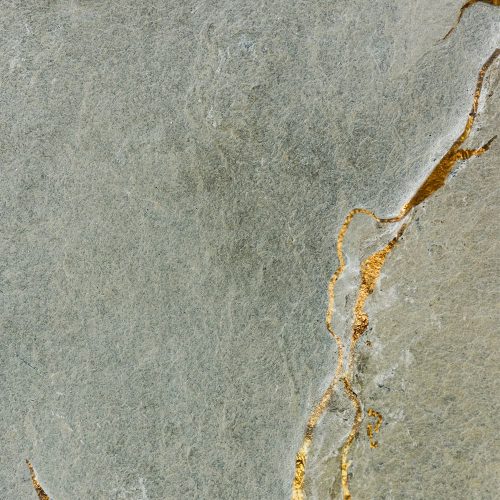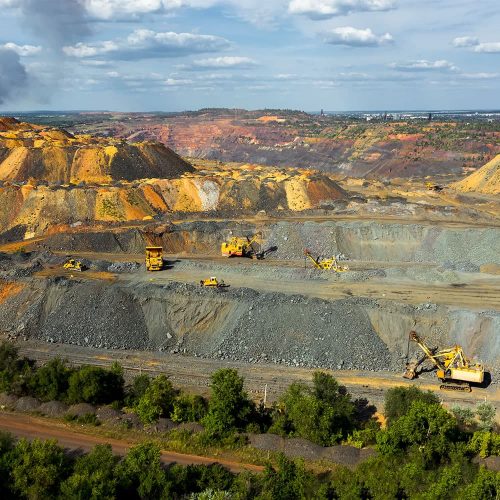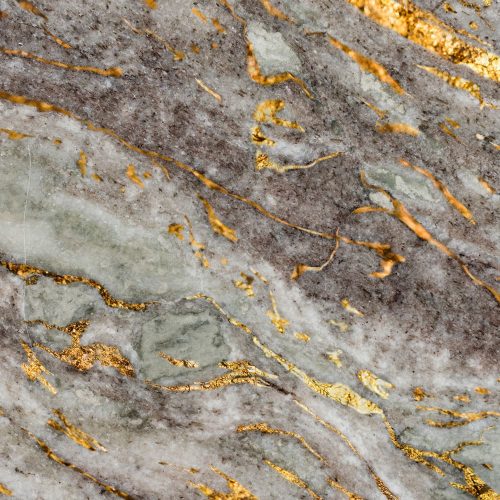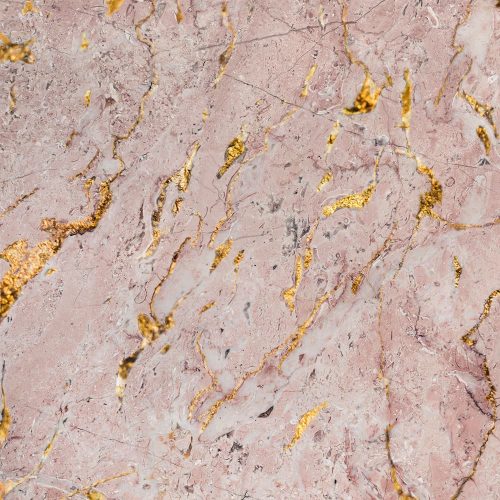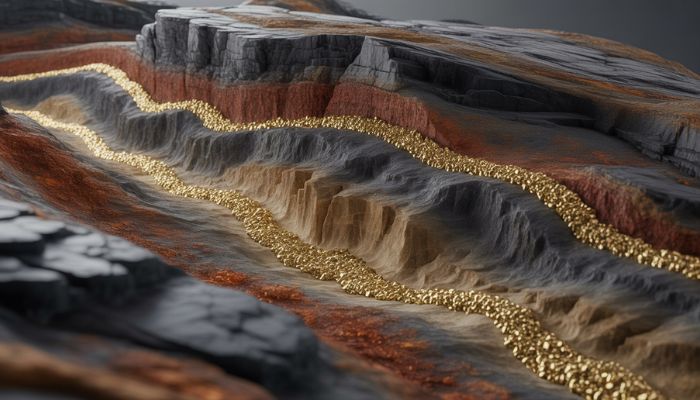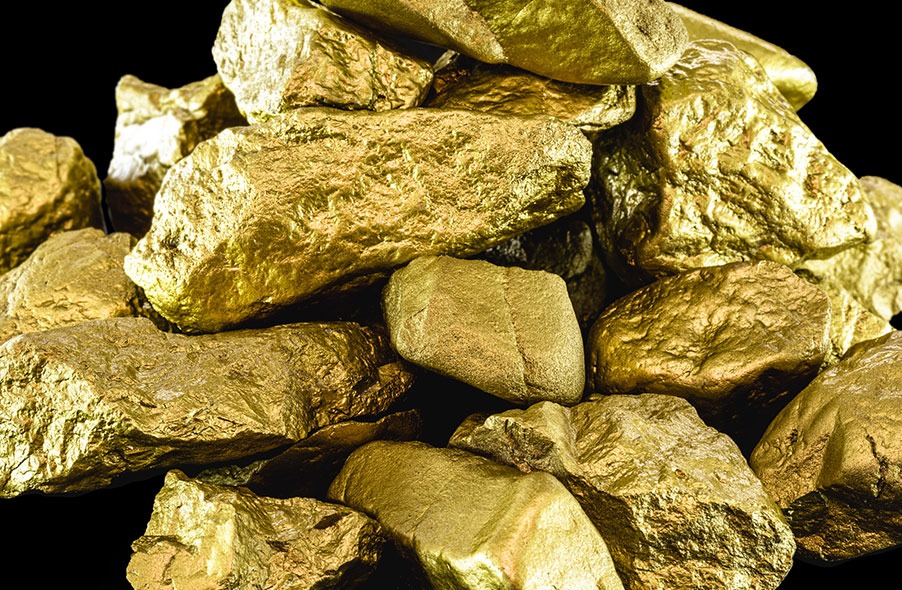Refers to a mixture of gold Amalgam and mercury, which was historically used in gold mining as a method of extracting gold from ores. Mercury, when combined with gold, forms a gold-mercury amalgam that is easy to handle and separate from the remaining minerals in the rock. The process of amalgamation dates back to ancient times and was widely used during the gold rush era.
How does the process of combining gold with mercury work?
Amalgamation works by mixing gold ore with mercury. When the mercury binds with the gold particles, it forms a soft, easily separable compound. After the amalgam is formed, miners can heat it to evaporate the mercury, leaving behind the purified gold.Though this process was widely adopted for gold extraction, it has environmental implications, as mercury is toxic and can contaminate water sources.
Gold Mining Tools: Essential Equipment for Every Prospector
Whether you’re an amateur prospector or a seasoned gold miner, having the right tools is crucial. The following gold mining tools are essential for successful gold extraction.
Gold Pans
Gold panning is one of the oldest methods of gold extraction and involves using a shallow pan to wash gold-bearing sand or gravel. The gold particles, being heavier, settle at the bottom of the pan, making it easier to separate them from lighter debris.
Sluice Boxes
A sluice box is an effective tool for washing material in gold mining. It uses water to carry materials through a series of riffles. As the water moves through the sluice, gold particles are trapped in the riffles, while lighter materials wash away.
Shovels and Picks
While often overlooked, basic hand tools such as shovels, picks, and trowels are crucial for digging up soil and rock. These tools are especially useful for breaking open bedrock and loosening soil in areas where gold is suspected to be.
Metal Detectors
Metal detectors are increasingly being used by prospectors to locate gold deposits. These devices work by detecting metal objects beneath the surface, including gold nuggets.
Gold Wash Plants: How They Work and Why They’re Important
A gold wash plant is a machine that uses water and gravity to separate gold from debris and dirt. The process typically involves running water over the material, which is then funneled through a series of screens or sluices that catch and separate the gold.
Key Features of Gold Wash Plants
- Portable Design: Many gold wash plants are portable, making them ideal for prospectors working in remote locations. They can be easily set up and moved depending on the needs of the operation.
- High Recovery Rates: A well-designed wash plant can efficiently extract gold, ensuring that a large percentage of the material is recovered.
- Efficiency: Modern wash plants often include advanced features like vibrating screens, trommels, and centrifugal concentrators, which help improve the speed and effectiveness of gold extraction.
Types of Gold Wash Plants
- Trommel Wash Plants: These plants use a rotating drum to wash and separate gold from gravel or sand.A trommel separates gold-bearing material by size using a rotating screen.
- Sluice Box Wash Plants: These plants integrate a sluice box system to separate gold from the material washed through the plant.
Rock Drilling Equipment: Essential for Accessing Gold Deposits
In gold mining, rock drilling is a key technique used to reach gold deposits buried deep within the earth. Rock drilling equipment is vital for penetrating bedrock and accessing these precious gold reserves.
Types of Rock Drilling Equipment
- Rotary Drills: Rotary drills use a rotating cutting bit to break through rock. They are ideal for drilling deep boreholes to locate gold deposits.
- Percussion Drills: These drills use a hammering action to break rock, making them useful for tougher, more compact materials.
- Diamond Core Drills: These drills are used for precise drilling and collecting samples of rock, which can be analyzed for gold content.
Bedrock Gold: How to Find Gold Beneath the Surface
Gold is often found deep beneath the earth’s surface, embedded in the bedrock. Bedrock gold refers to gold that is trapped in solid rock formations rather than loose gravel or sand.
How to Find Bedrock Gold
- Surface Prospecting: Before drilling or excavating, prospectors may use metal detectors or simple hand tools to locate gold-bearing rocks.
- Core Sampling: Drilling into bedrock with core sampling can help identify gold concentrations beneath the surface.
- Mining Techniques: Once gold-bearing bedrock is located, miners can use various extraction techniques, including blasting, drilling, and using wash plants to separate gold.
Common Mistakes in Gold Amalgamation and Mining
Overreliance on Amalgamation
While amalgamation can be effective, it’s not the only method for extracting gold. Relying too heavily on mercury can lead to environmental contamination. Alternative methods like gravity separation or flotation may be more sustainable.
Ignoring Safety Protocols
Using toxic substances like mercury requires proper safety protocols. Miners should always wear protective gear and follow local environmental laws to reduce the risk of exposure to harmful chemicals.
Poor Maintenance of Mining Equipment
Neglecting maintenance of mining equipment, such as gold wash plants and rock drills, can lead to operational inefficiencies and costly repairs. Regular maintenance ensures optimal performance and increases the lifespan of tools and machinery.
The Future of Gold Mining: Trends and Innovations
Gold mining is continuously evolving, with advancements in technology improving the efficiency and environmental impact of mining operations.
Sustainable Mining Practices: As the environmental impact of gold mining becomes more scrutinized, mining companies are increasingly adopting sustainable practices, including the use of non-toxic chemicals and water recycling systems.
Automation and AI in Mining : Automation is revolutionizing the mining industry. Drones, robots, and AI-powered systems are being used to monitor gold deposits, conduct site surveys, and automate extraction processes, reducing the need for human labor and increasing safety.
FAQs:
How does gold amalgamation work?
Gold amalgamation involves mixing gold ore with mercury, which forms a gold-mercury compound that can later be heated to remove the mercury and leave behind the gold.
What are gold mining tools?
Gold mining tools include pans, sluice boxes, shovels, metal detectors, and more, all of which are used to extract gold from the earth.
What is a gold wash plant?
A gold wash plant is a machine used to separate gold from dirt and gravel using water and gravity.
What is bedrock gold?
Bedrock gold refers to gold found deep beneath the surface, embedded in solid rock formations.
How do rock drills help in gold mining?
Rock drills are used to penetrate bedrock, allowing miners to reach gold deposits buried deep within the earth.
What are the benefits of using a gold wash plant?
Gold wash plants increase efficiency by automating the process of separating gold from gravel and dirt, providing higher recovery rates.
What tools are used for drilling in gold mining?
Common drilling tools include rotary drills, percussion drills, and diamond core drills, all used to reach gold deposits in bedrock.
How do I find bedrock gold?
To find bedrock gold, prospectors use surface tools, metal detectors, or drill core samples to locate gold-rich areas beneath the surface
How does mercury used in gold mining impact the environment?
Gold amalgamation can release toxic mercury into the environment, which can contaminate water sources and harm wildlife.
What is Gold Mining Stock?
Gold mining stocks: Gold mining stocks are shares of companies involved in exploring, mining, and producing gold.
Conclusion
Gold amalgam and gold drilling equipment play a vital role in the exploration and extraction of gold resources. This equipment makes it possible to reach gold-bearing rock deep beneath the earth’s surface. It helps geologists and mining companies find deposits accurately and judge their commercial value.Without reliable drilling tools, identifying viable gold reserves would be far more difficult, time-consuming, and costly.
Read more about: What Is Gold Refining

